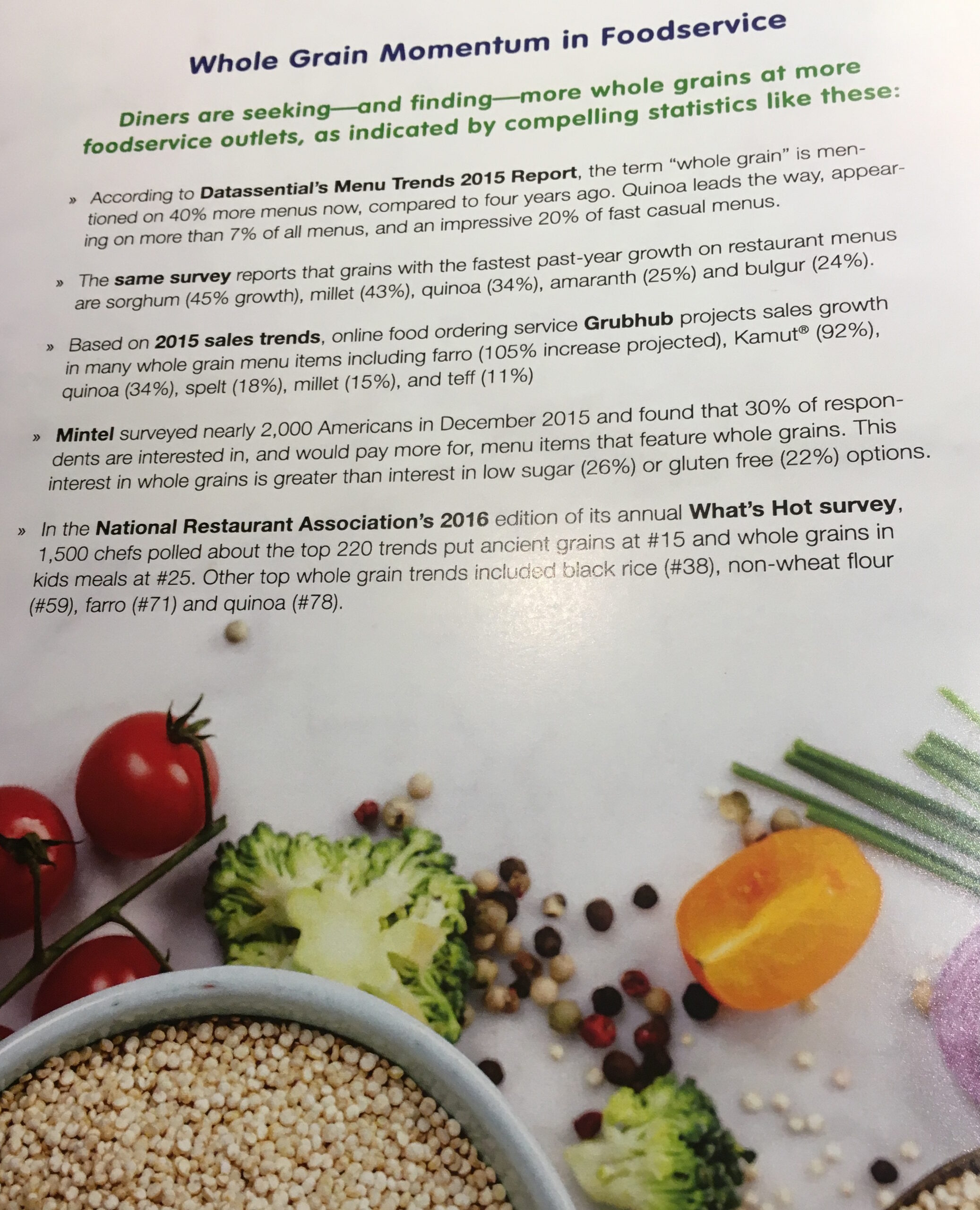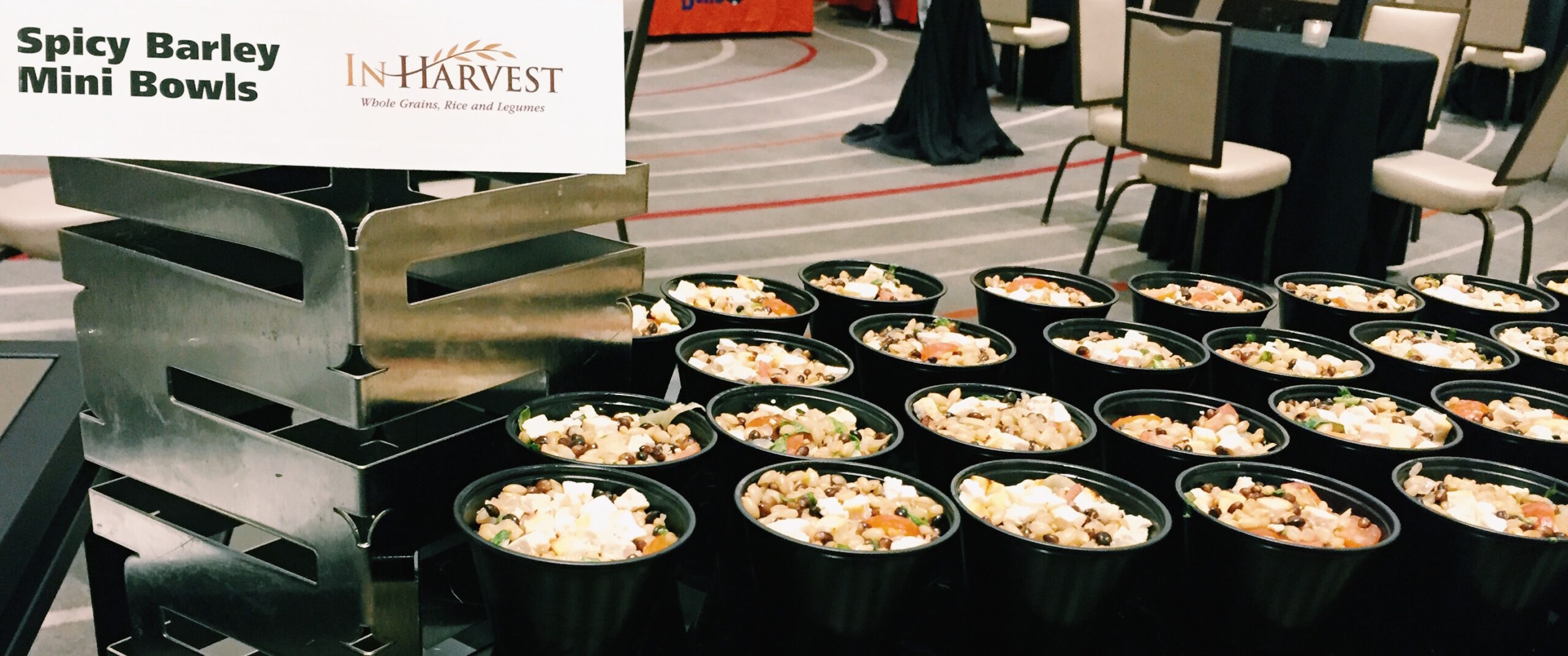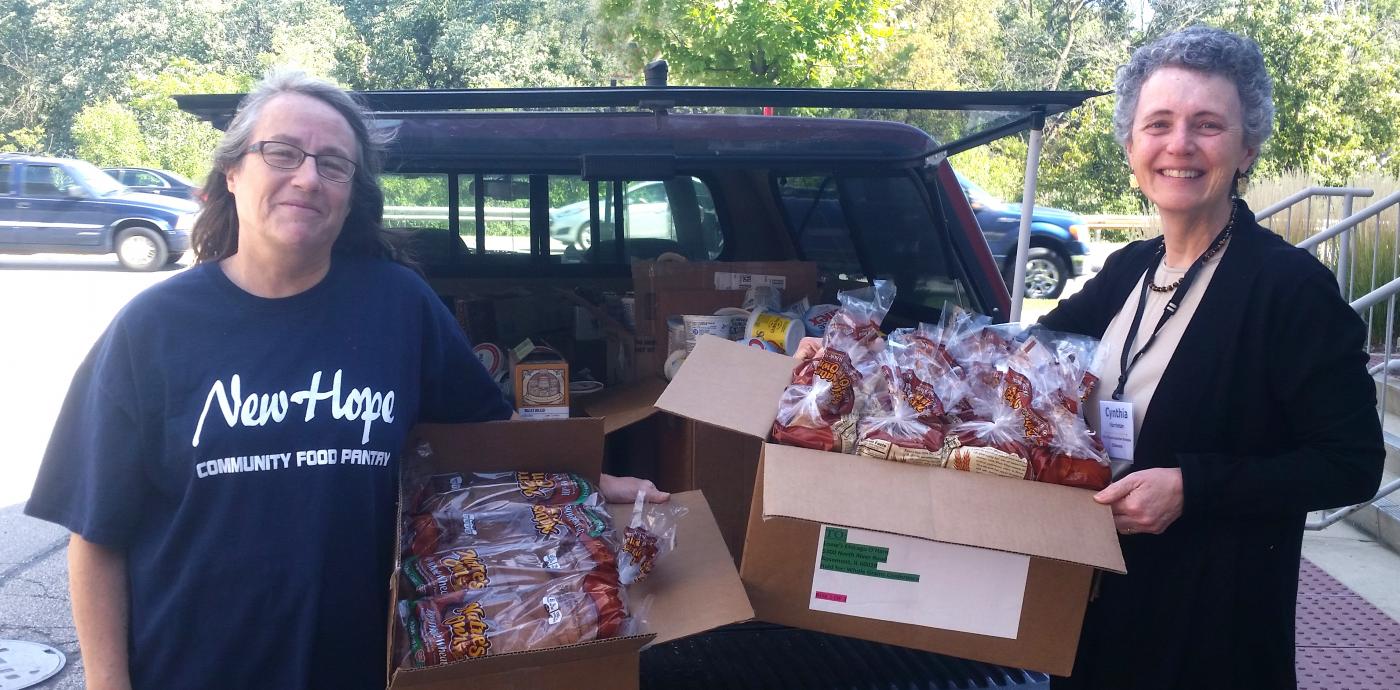Consumers everywhere are seeking out ways to include more whole grains in their diet, and not just for the health benefits. These days its the fuller, more flavorful taste of whole grains that has people hankering for their next bowl of farro salad or barley soup. Whole grains are gaining traction and are well-loved by over one third of Americans, reported Mark DiDomenico of Datassential when he spoke at our Whole Grains Council Whole Grains Away From Home conference in Chicago last month.
As more consumers and themselves craving the taste of whole grains, chefs and food service providers of all types are working to incorporate more whole grains into their menus, whether they be in elementary schools, college dining halls, ne dining restaurants, or fast-food chains. This question of, how do we get more whole grains to more people was echoed throughout the conference discourse as our speakers offered a variety of answers.
Capitalizing on Flavor
When it comes to highlighting whole grains and showcasing their best qualities, there is a lot to be gained by nding the right blend of flavors and textures to make those grains sing. Coleen Donnelly, Corporate Chef for InHarvest, explained that the magic of the quickly-popular grain-and-veggie bowl trend is its symphony of, crunchy, soft, hot, cold, sweet, sour, spicy, everything all going on in one bowl.
In his presentation, Executive Chef Lorenzo Boni, from Barilla America, demonstrated that pairing whole grain pasta with bright, bold flavors and strong textures is important. Too often, he explained, whole grain pasta is used as a substitute for regular pasta without any attention paid to the difference in the whole grain pastas taste profile. You have to design specific flavors and specific sauces to be successful with whole grains. Boni recommends that you, go with more assertive flavors and ingredients that are full of flavor and color and texture.
Many restaurants create a whole grain base that they can use in a variety of dishes that rotate through their menu depending on the season or the time of day. At Beatrix, Executive Chef Partner John Chiakulas says they use seared quinoa cakes as a base for breakfast eggs benedict as well as dinner appetizers that change with the season. We’ve done it with roasted squash and cranberry vinaigrette, or we have it with roasted peppers and currants and a little bit of cheese. Other times we’ve had it with Tzatziki sauce and cucumbers. It’s all about playing with the right balance of taste and bite and seasoning.
Telling a Compelling Story
Coleen Donnelly and Michael Holleman, Director of Culinary Development for InHarvest, explained that its important to tell the story behind a grain to talk about its history or the place where it was grown. If you’ve got a menu in front of you and not a picture of the food, you’re kind of at the mercy of whoever wrote the description of that food, so its got to be a good one,argued Donnelly. It’s important to give people something to visualize and connect with.
When it comes to selling your customers on a new whole grain menu offering, sometimes its about what we call the dish, Holleman emphasized. We had a Curried Basmati Salad that just wasn’t performing at all, Holleman told us. But they knew it wasn’t a bad recipe because when they sampled it, it sold. So they changed the name of the salad to Indian Summer Salad and thetas all it took to increase sales. It’s not just kids we have to be creative with.
Whole Grains in the Food Pantry
At the end of our conference, we made our own effort to get more whole grains to more people. The New Hope Community Food Pantry, which serves well over 10,000 clients in the Chicago area each year, picked up all the bread, cereal and packages of dry grains that were left over from our sponsors tables and demos. Marilyn Doering, the Director of the Food Pantry, explained that the pantry serves a very diverse group of clients in their community and that there is a strong demand for grains and other foods that are culturally familiar to their clients. They distribute large quantities of oatmeal, farina, and pancake mixes as well as breads, rice, and pasta, much of which is whole grain. The pantry is also a resource for people who need clothing, winter coats, pet food, and personal care items, and they host a weekly healthcare clinic for clients seeking health screenings and nutrition advice. We are so pleased that the generous donations of our sponsors found good homes with the help of this terriffc organization.
Please visit our conference page if you re interested in reading about our conference or checking out the presentation slides and videos.
Caroline Sluyter, Whole Grain Stamp Program Manager, Whole Grains Council










Leave a comment